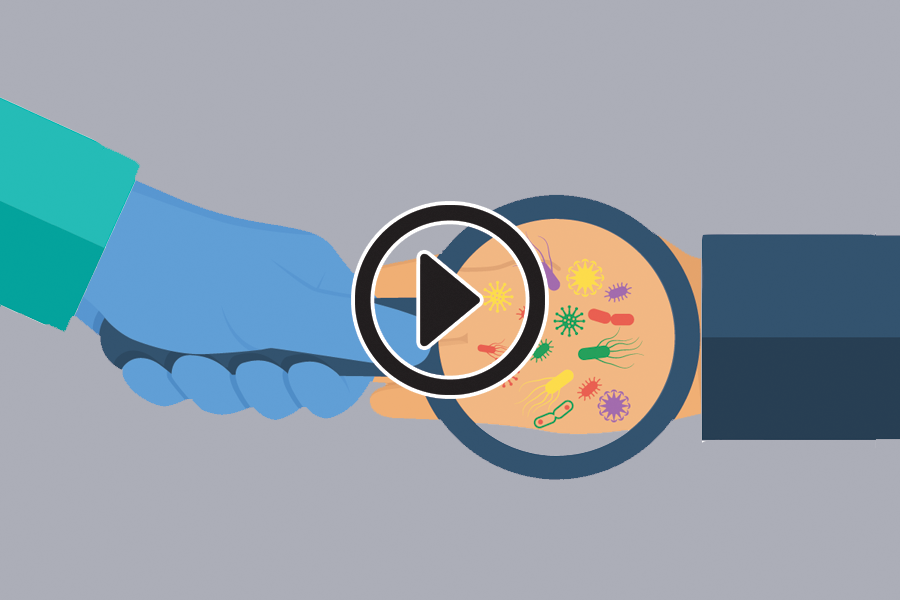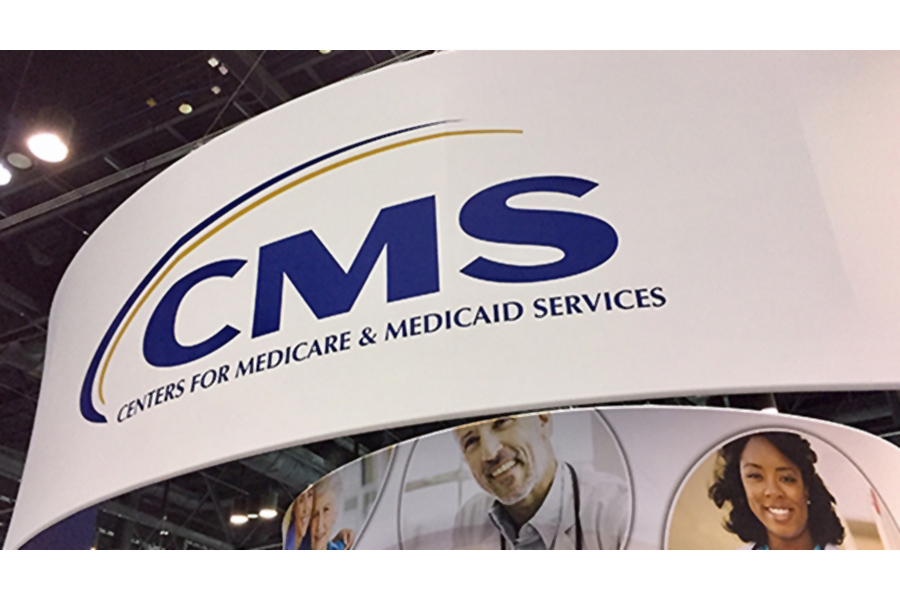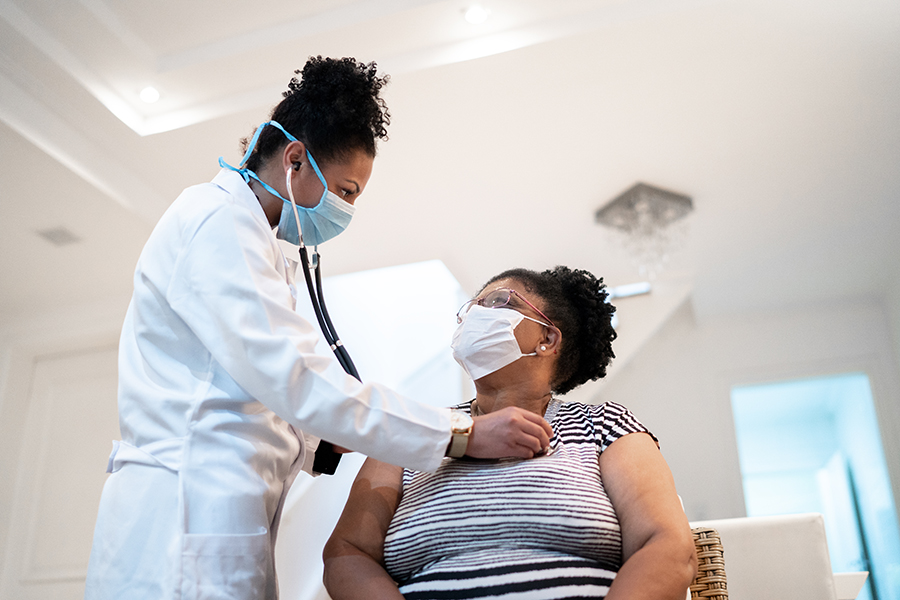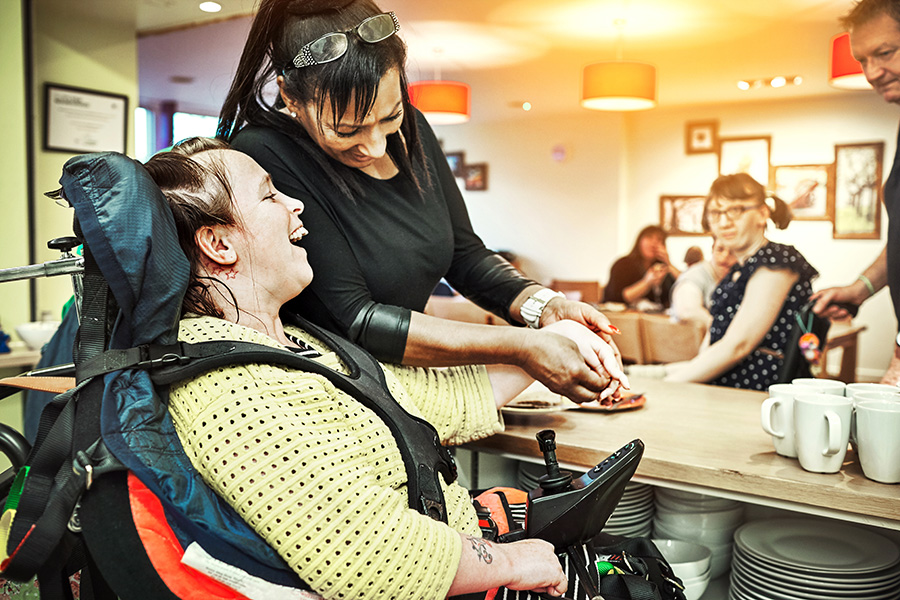The OASIS data set is changing beginning January 1st, 2017. Here is what home health agencies need to know about the new OASIS-C2 guidelines.
Interested in learning more on this topic? Watch our recorded free webinar: “The Importance of Skin Integrity Under the IMPACT Act” presented by Judy Adams, RN, BSN, HCS-D, HCS-O of Adams Home Care Consulting, Inc.
Why is OASIS changing?
The OASIS guidelines are changing as a result of the Improving Medicare Post-Acute Care Transformation (IMPACT) Act of 2014. This initiative is intended to standardize quality measures reporting across all healthcare settings. Read more about the IMPACT Act here.
Overall changes to OASIS guidelines
Longer look back period
The current OASIS look back period begins at the most recent OASIS assessment for a patient. The OASIS-C2 guidelines have changed the look back period to begin at the time of the most recent SOC/ROC assessment. This means a longer look back period, from the beginning of the quality care episode.
Items That Could Not Be Assessed
In the new OASIS guidelines, several items include an option to write in a dash symbol (-) when the item could not be assessed. Some reasons to use the dash include:
- Patient unexpectedly transferred
- Patient unexpectedly discharged
- Patient unexpectedly passed
It is important to note that the Centers for Medicare and Medicaid Services (CMS) expects the use of the dash to be rare. When you mark a dash, always write in the reason the item could not be assessed. Remember that overuse of the dash may result in missed risk adjustment opportunities.
Item Number Changes
The numbering on several items has changed. Changes are noted in the table below:
3 New Items Added in OASIS-C2:
1. M1028 Active Diagnosis of PVD, PAD, or DM
This new item checks for the presence of 3 comorbidities /co-existing conditions: peripheral vasular disease (PVD), peripheral arterial disease (PAD) or diabetes mellitus (DM). These conditions must be active and documented by a physician or legally diagnosing clinician. Check the CMS guidance manual here to see the allowed diagnoses codes for this item. Be sure to use only the exact diagnoses that have been documented by the physician.
2. M1060 Height and Weight
The M1060 height and weight item has been added to comply with IMPACT Act standardized reporting. It is also to be used in calculating nutrition and hydration status, heart failure assessments, BMI and pressure ulcer risk adjustment (when BMI is between 12.0 and 19.0).
Height and weight should be calculated at SOC/ROC and according to a standard agency practice (for example: in the morning, after voiding, and before a meal.) Weight should be rounded to the nearest whole pound. Some valid reasons a dash (-) may be entered here include:
- extreme pain
- immobility
- risk of pathological fracture
- unexpected transfer, discharge or death
Be sure to document your reasons if you are unable to assess patient weight.
3. GG0170C: Mobility
This new item complies with IMPACT Act initiatives, as mobility limitations can adversely affect wound healing, and are a risk factor for pressure ulcers. The item is designed to measure the patient’s level of mobility through observation of a patient’s transfer from lying in bed to a seated position. Upon reaching a seated position, the patient must sit with with both bare feet touching the floor and no back support for the transfer to be complete. The use of assistive devices during this activity is permitted and does not affect scoring. If the patient’s mobility varies during the look back period, report the patient’s usual status.
This item is reported on a scale from 01 (most dependent) to 06 (most independent). A few codes for reporting a patient that was unable or unwilling to complete the transfer include:
- 07 – Patient refused.
- 09 – Not applicable (if the patient could not perform the activity prior to current illness or injury.
- 088 – Not attempted due to medical condition or safety concerns.
More Information Is Available…
This article has covered the new items that have been added to the OASIS guidelines, but many changes have been made to existing items as well.
Review the CMS OASIS-C2 guidance manual to ensure that your agency is fully prepared for 2017.
Check Out Our Healthcare Professionals Community
- Free live webinars
- Free online courses
- CE credits available
- Fact sheets
- Videos
- And more…
To visit our Healthcare Professionals Community, click here.
Sources
National Pressure Ulcer Advisory Panel (NPAUP)
Judy Adams, RN, BSN, HCS-D, HCS-O of Adams Home Care Consulting, Inc. via Progressive Healthcare Conferences
Centers for Medicare and Medicaid Services (CMS)
Strategic Healthcare Programs (SHP)





















